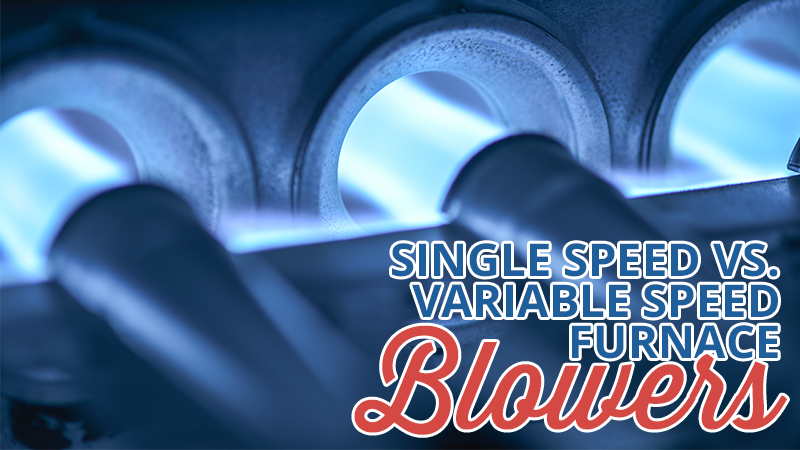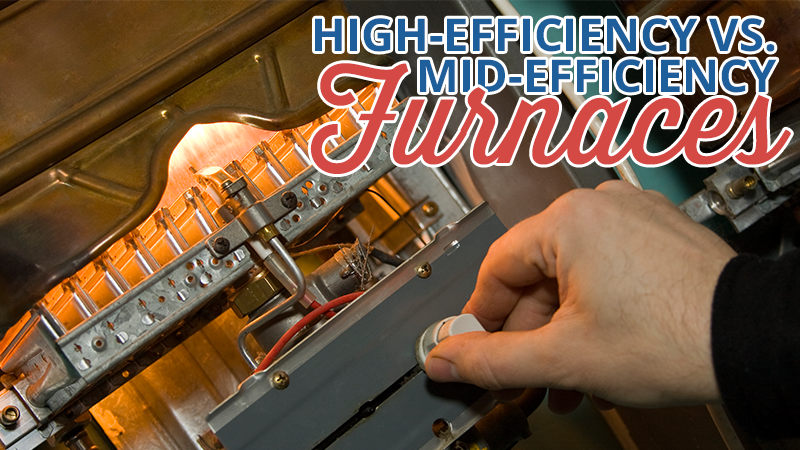
by RevContent | Mar 24, 2016 | Furnace
While many homeowners spend a lot of time calculating the right BTUs required to keep their home warm all winter long, some still overlook the importance of the right furnace blower. Choosing between a single speed furnace and a variable speed furnace is tricky, but it’s worth figuring out before you order your next set of furnace upgrades. Consider the benefits and requirements for each type of blower to match the right equipment to your home. Single Speed Blowers As the name suggests, single speed blowers are either on or off and run at maximum speed when on. This gets the air moving around your house, but it doesn’t work as well when you’ve got dozens of small rooms, multiple floors or a zoned heating system. You’ll also notice a louder rush of air when these blowers start up. They are the most affordable option, and many furnaces feature single speed blowers as a standard feature. You’ll spend more over the life of the single speed blower on electricity to keep it blowing because it runs at its maximum power draw every time it switches on, unlike models with more in-depth controls. Two-Stage Units A simple upgrade to a dual-speed blower fan is well worth the cost of calling an HVAC contractor to handle the installation. With a high and low setting, you can better control how quickly each part of the home heats up. Most models integrate with the thermostat for automatic speed switching, and many two-stage blowers can be used for continuous air circulation. This is a technique in which you keep the blower fans running constantly...

by RevContent | Mar 10, 2016 | Furnace
For many homeowners, the heating bill is one of the most expensive utilities they pay. Heating costs can take up to 35 percent of a family’s annual utility bill. With fuel and energy prices so volatile, many families have decided to invest their remodeling dollars into high-efficiency heating systems that are advertised as a great way to save both fuel and money. Before making this investment, however, it’s important to understand what you’re actually getting for your money. In some cases, these systems cost hundreds or thousands of dollars more than “traditional” or mid-efficiency heating systems. That has caused many consumers to wonder if they’re really getting a good return on their investment. There are actually two ways to measure the efficiency of a heating system. Understanding how these measurement systems work will help you to determine the best heating system for your home and family. Steady-State Efficiency One of the most common methods of determining the actual efficiency of a heating system is to look at its steady-state efficiency. Steady-state efficiency is a measure of the usable heat created by a heating system. In order to create heat, all furnaces burn fuel. As long as that fuel is the same from furnace to furnace, it’s going to produce nearly identical levels of heat. How that heat is pumped through the house and how much of it is lost to the surrounding environment, however, can determine its steady-state efficiency. When computing this figure, a lot more than just the ductwork in the house comes into account. Furnaces that need to turn on and off more often tend to be less...





Recent Comments